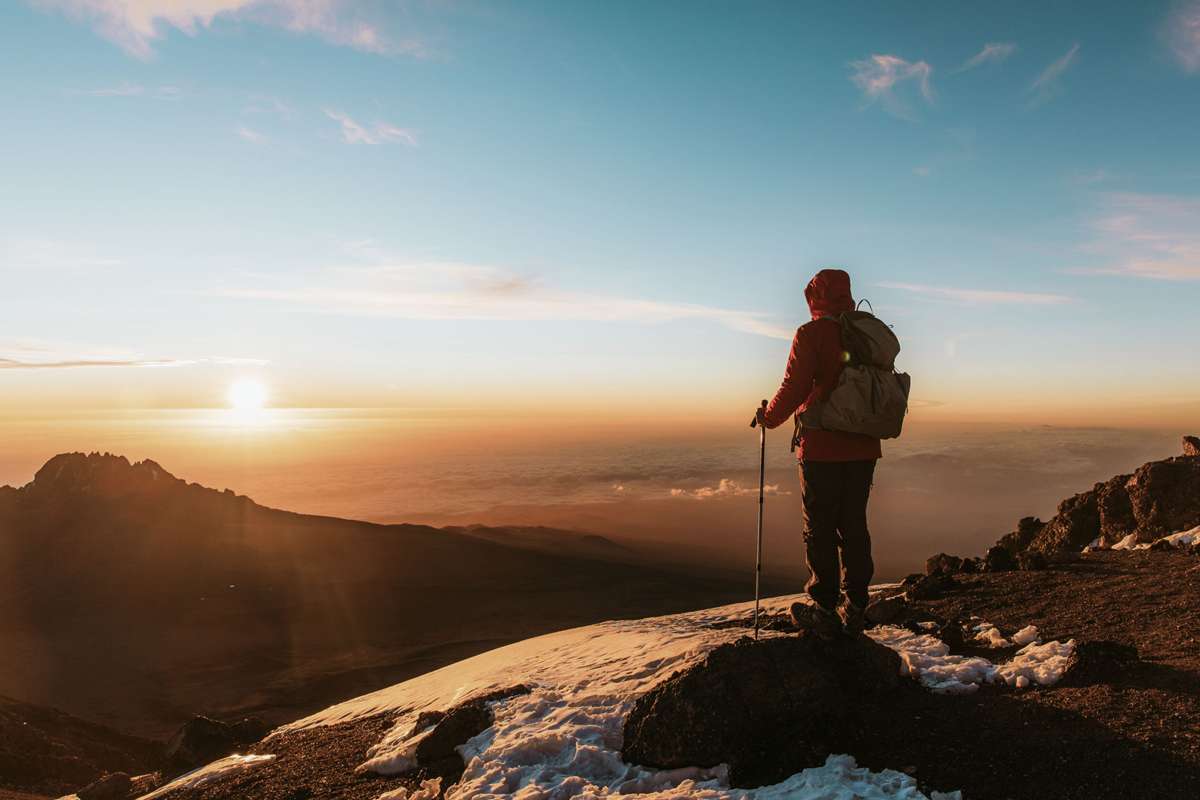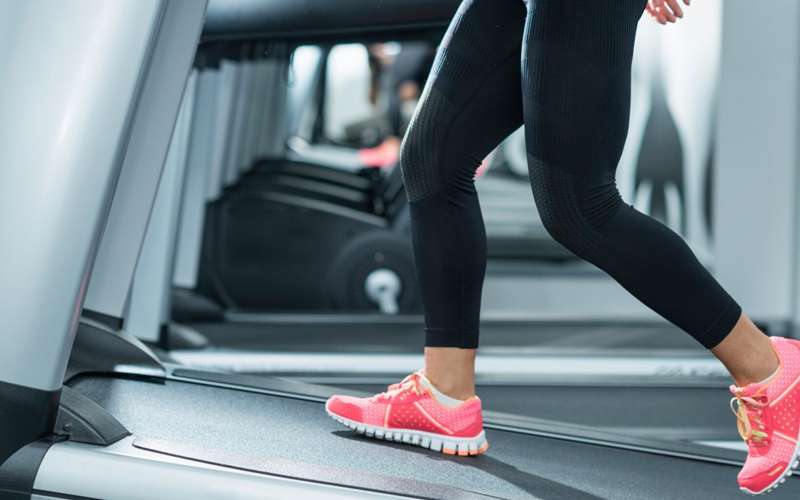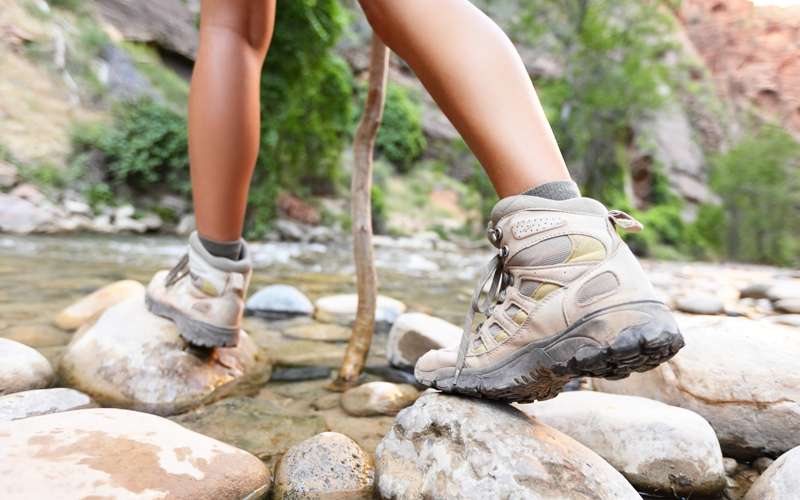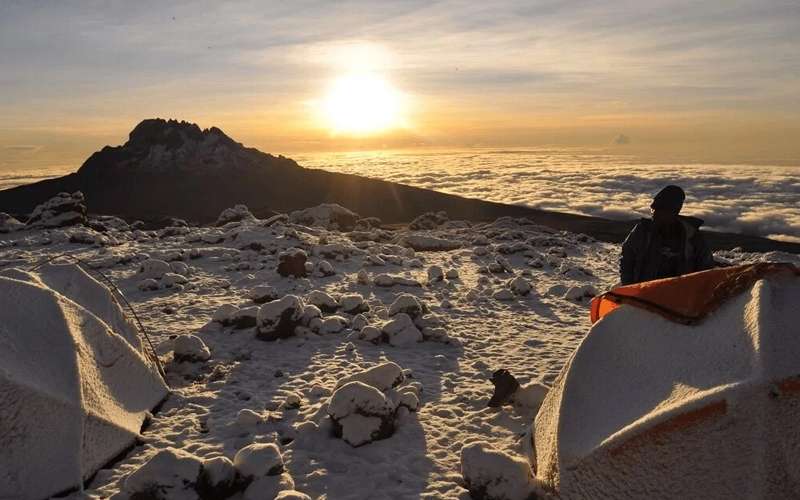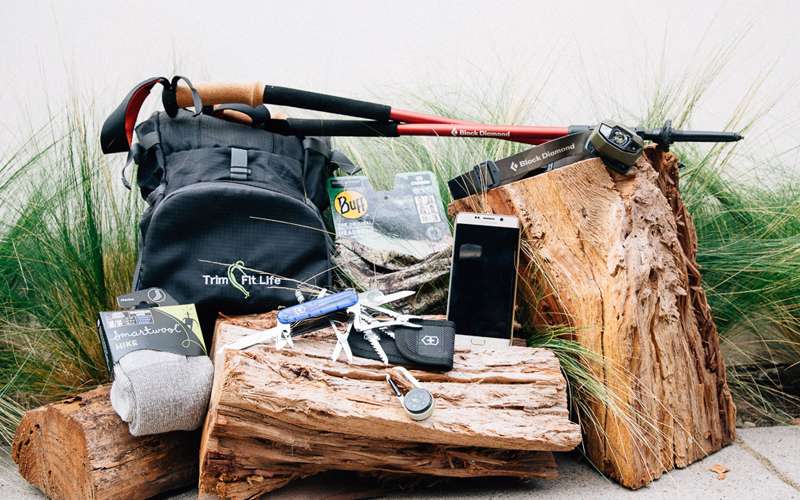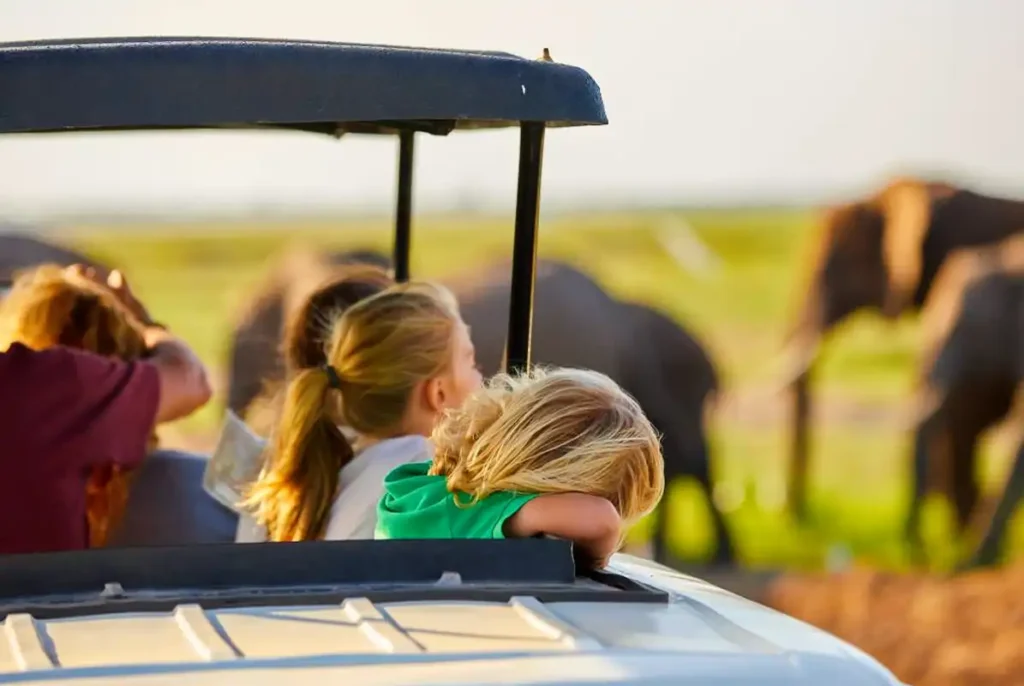Embarking on a Kilimanjaro climb is an exhilarating adventure, but ensuring your health remains a priority throughout the journey is paramount. Whether you’re a seasoned trekker or a first-time climber, maintaining good health on Kilimanjaro necessitates thorough preparation and adherence to essential tips. Let’s delve deeper into key strategies to safeguard your well-being during this awe-inspiring expedition.
Physical Preparation
- Conditioning Exercises: To prepare your body for the physical rigors of climbing Kilimanjaro, it’s crucial to incorporate a variety of aerobic exercises into your routine. Activities like hiking, running, or cycling help build endurance and stamina, ensuring you’re better equipped to tackle the challenges ahead.
- Cardiovascular Training: Improve cardiovascular fitness to enhance your heart and lung capacity. Engage in activities such as swimming or brisk walking to boost overall cardiovascular health, enabling you to cope better with the demands of high-altitude trekking.
- Strength Training: Incorporate strength training exercises into your regimen to build muscle strength and stability, which are essential for navigating the mountain’s rugged terrain. Squats, lunges, and core workouts are particularly effective in preparing your body for the challenges ahead.
Mental Preparation
- Stress Management Techniques: Practice stress-relief techniques like deep breathing, meditation, or yoga to cultivate a calm and focused mindset before and during the climb. Managing stress effectively can enhance your resilience and mental well-being, crucial for tackling the cognitive challenges of the journey.
- Visualization Exercises: Visualize yourself successfully summiting Kilimanjaro, envisioning each step of the journey with confidence and determination. Visualization exercises help strengthen your mental resolve and prepare you for overcoming obstacles along the way.
- Positive Affirmations: Reinforce your belief in your abilities by repeating positive affirmations daily. Affirmations such as “I am strong and capable” or “I am prepared for any challenge” can help boost your confidence and mental resilience, empowering you to conquer the mountain with conviction.
Hydration and Nutrition
- Importance of Staying Hydrated: Proper hydration is essential for preventing altitude sickness and sustaining energy levels during the climb. Aim to drink at least 3-4 liters of water daily while on the mountain, replenishing fluids lost through sweat and respiration.
- Balanced Diet for Sustained Energy: Fuel your body with a balanced diet rich in carbohydrates, protein, and healthy fats to provide sustained energy for the climb. Incorporate whole grains, lean proteins, fruits, and vegetables into your meals to ensure you’re adequately nourished throughout the journey.
- Snack Options for the Trail: Pack lightweight, high-energy snacks such as nuts, trail mix, energy bars, and dried fruit to keep you fueled during long days on the trail. Regularly snacking helps maintain blood sugar levels and provides a quick energy boost.
Altitude Acclimatization
- Gradual Ascent Strategy: Ascend slowly to allow your body time to acclimatize to the altitude and reduce the risk of altitude sickness. Follow the recommended itinerary with built-in rest days for acclimatization, allowing your body to gradually adjust to the decreasing oxygen levels.
- Monitoring Altitude Sickness Symptoms: Be vigilant for symptoms of altitude sickness, including headache, nausea, dizziness, and fatigue. Inform your guide immediately if you experience any symptoms and heed their advice on managing altitude-related issues.
- Rest and Recovery Periods: Prioritize rest and recovery during the climb to allow your body time to recuperate from the physical exertion. Listen to your body’s signals take breaks to prevent exhaustion and ensure you’re adequately rested for the next leg of the journey.
Proper Gear and Clothing
- Essential Gear Checklist: Ensure you have all the necessary gear for the climb, including a sturdy backpack, trekking poles, a headlamp, a water bottle or hydration system, and a sleeping bag rated for cold temperatures. Having the right equipment is essential for your safety and comfort on the mountain.
- Layering for Variable Weather Conditions: Dress in layers to adapt to the changing weather conditions on the mountain. Wear moisture-wicking base layers, insulating mid-layers, and waterproof outer layers to stay warm and dry, adjusting your clothing as needed to maintain optimal comfort.
- Protective Footwear and Accessories: Invest in high-quality hiking boots with ankle support and good traction to navigate the rocky terrain safely. Don’t forget to pack essentials like sunscreen, sunglasses, a hat, and gloves to protect against sunburn and windburn, ensuring you’re adequately prepared for the elements.
Trail Safety Measures
- Staying on Designated Paths: Follow designated trails and heed signage to avoid getting lost or wandering into hazardous areas. Stick with your guide and fellow climbers to ensure safety in unfamiliar terrain, minimizing the risk of accidents or injuries.
- Using Trekking Poles for Stability: Utilize trekking poles to improve stability and reduce strain on your knees and ankles while ascending and descending steep slopes. Trekking poles provide added support and help distribute your weight more evenly, reducing the risk of falls or injuries on the trail.
- Practicing Sun Protection: Apply sunscreen regularly and wear protective clothing to shield yourself from the sun’s harmful rays, especially at higher altitudes where UV exposure is more intense. Protecting your skin from sunburn helps prevent discomfort and reduces the risk of long-term skin damage.
Emergency Preparedness
- Carrying a First Aid Kit: Pack a comprehensive first aid kit containing essentials such as bandages, antiseptic wipes, blister treatment, pain relievers, and altitude sickness medication. Having a well-equipped first aid kit ensures you’re prepared to handle minor injuries or medical issues on the mountain.
- Knowing Emergency Evacuation Procedures: Familiarize yourself with emergency evacuation procedures in case of injury or illness. Stay informed about evacuation routes and communication protocols with your guide and tour operator, ensuring you know what to do in the event of an emergency.
- Communicating with Guides and Fellow Climbers: Maintain open communication with your guide and fellow climbers throughout the climb, sharing any concerns or symptoms you experience promptly. Effective communication helps ensure timely assistance and support, enhancing the safety and well-being of everyone in the group.
Prioritizing your health and well-being is essential for a safe and successful Kilimanjaro climb. By following these important tips and strategies, you can enhance your physical and mental preparedness, mitigate risks, and maximize your enjoyment of this extraordinary adventure. Remember to listen to your body, take necessary precautions, and embrace the journey with confidence and determination.
Ensuring your health and well-being is paramount when tackling the challenge of Kilimanjaro. By adhering to these essential tips, you’re not just safeguarding yourself; you’re optimizing your chances of success and creating lasting memories of this remarkable journey. So, lace up your boots, take a deep breath, and embark on this adventure with confidence, knowing that you’re equipped with the knowledge and preparation needed to conquer Africa’s highest peak.
FAQs
How common is altitude sickness on Kilimanjaro?


